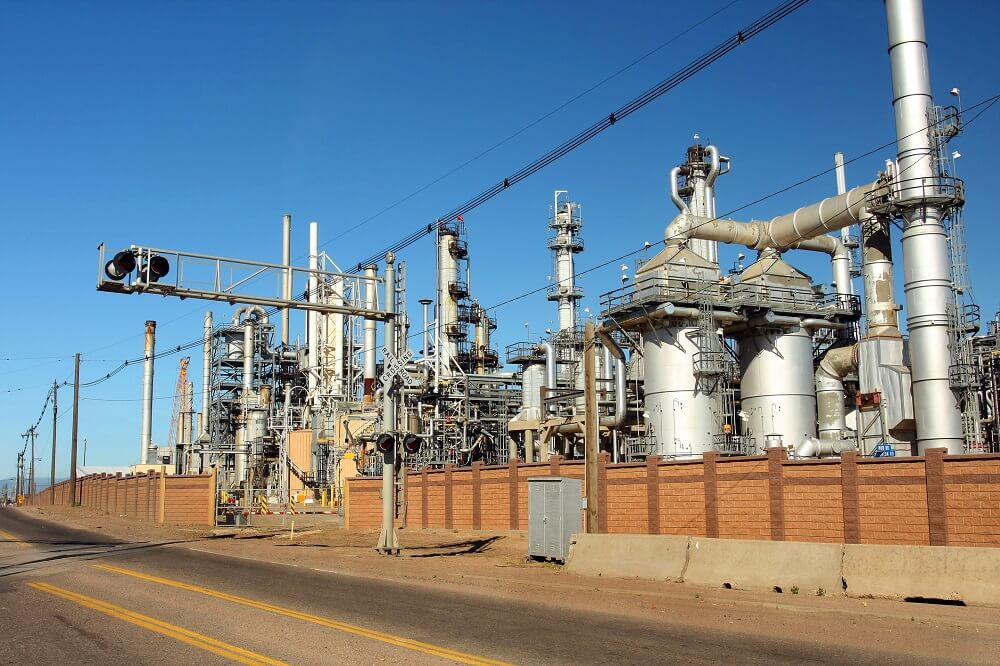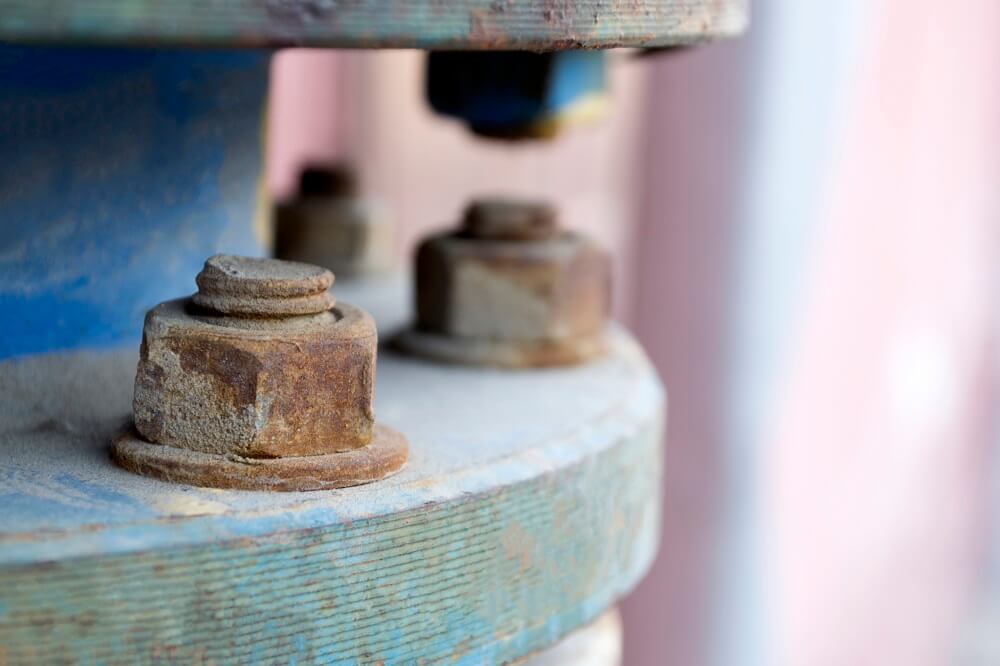Water is an essential ingredient inconcrete. Initially, moisture must be present for desired properties. However, excessive moisture in a concrete slab can lead to premature failure of floor coverings.
Many high-quality flooring installations have failed byblisteringandpeelingdue to moisture vapor migration through a concrete slab.
Addressing concrete floor moisture begins with proper design,curingandsurface preparation. Testing for moisture content and identifying its source are very important steps toward controlling moisture within the concrete. The relevance and accuracy of any testing depends on the frequency and locations of the tests performed. A moisture mitigation strategy appropriate for the floor covering and structure is determined by these test results and knowledge of the moisture source.
Testing Concrete For Excessive Moisture
ASTMF1869, Standard Test Method for Measuring Moisture Vapor Emission Rate of Concrete Subfloor Using Anhydrous Calcium Chloride, is commonly called thecalcium chloride or the MVTR Test. It involves using a dish containingcalcium chloridethat is placed on the concrete surface and covered with an airtight dome. After waiting 72 hours, the dish is retrieved and weighed and the results reported as pounds of water emitted from 1,000 ft2(93 m2) of the surface in 24 hours.
ASTM F2170 Standard Test Method for Determining Relative Humidity in Concrete Floor Slabs Using in situ Probes, is commonly called the relative humidity or the embedded probe test. In this method, a hole is drilled into the slab and then a sleeve and probe are inserted to take a reading. Usually, the best method for evaluating concrete moisture content involves a combination of techniques. Combining ASTM F1869 and ASTM F2170 provides an indication of both the currentmoisture vapor emissionsand the potential amount of moisture can cause problems with the flooring system.

Moisture Mitigation in Concrete Floors
水分蒸汽排放测试结果不能够tee that floors will not fail unless the slabs are sealed with a permanent penetrating moisture vapor emission control system. Once a moisture level requiring remediation has been identified in the concrete to receive the flooring system, several options are available. Beginning with the simplest, easiest and least expensive method may not resolve the issue, but can improve the situation so another method may prove effective. Monitoring the internal humidity with ASTM F2170 is especially helpful to gauge the effectiveness of natural drying.

Dehumidification
Specialized equipment that supplements the HVAC system designed for the structure is commonly used to lower therelative humidityon exposed concrete or to increase the temperature to accelerate drying. However, the concrete must achieve sufficient strength and maturity before any attempt is made to accelerate natural drying. (Learn more about the importance of proper humidity levels inWhy Concrete Delamination Occurs and What to Do About It.)
Application of a Moisture Mitigation System
Installing most moisture mitigationsystems requires some sort of surface preparation. Factors to consider include:
- Compatibility of the system with the flooring finish
- Cost
- Cure time
- Difficulty of installation
- Ability of the system to mitigate the existing moisture level
- Service life
Moisture mitigation systems applied as topical treatments to concrete have been successful in reducing moisture vapor emission rates.
Liquid Membranes.Liquidmembranesare usually water-resistant andacrylic- orepoxy-based. Low-cost, water-resistant acrylics, typically used for less severe moisture problems, are the simplest to apply.
Reactive Penetrants.Reactivepenetrantsare designed to react with thecalcium hydroxideand moisture within the concrete to form a gel or crystalline deposit that restricts moisture diffusion through the concrete pore structure.
ModifiedCementitious Overlays.These polymer-modified or polymer/cement hybrids form very dense, partially permeable overlays that reduce moisture andalkalinityto help minimize problems with the floor covering system.
Dispersive Membranes.色散膜包含一个poroussheet bonded to the concrete with apolymer coatingthat absorbs the moisture and allows it to wick out through joints and edges of the installed flooring.
Assembly Systems.Assembly systems typically consist of a flexible, non-breathablepolymersheet that has dimples or ridges to interlock with an adhesive to bond to the concrete surface.
Combination Systems.Combination systems utilize two or more of the previously described approaches to moisture and alkali mitigation. Often the design is tailored to the measuredmoisture-vapor emission rate (MVER).
Consideration of Alternative Flooring
Different flooring systems have varying tolerances to concrete moisture. For example, a thin-setceramictile flooring may pose fewer problems for high moisture than a thin-filmepoxy coating. (Learn more about using ceramics inTop 5 Applications for Ceramic Coatings.) Excess moisture can still causeefflorescence,water staining, and biological growth, even with moisture-tolerant flooring materials. Carpet can still mold even if it is breathable, and polished concrete frequently must be sealed with a vapor-inhibiting stain or coating that may then have issues with moisture from the concrete.
Replace the Concrete Slab
To solve some moisture problems, the only solution may be to remove the concrete and install a properly designedvapor-retarding barrier, using a low-moisture emission concrete mix design to produce a properly cured new slab. This course of action is usually the last option to consider after other approaches have failed. (Then, avoid long-term problems by reading the articleCorrecting and Preventing Concrete Corrosion.)
Summary
Water found in concrete may originate with mixing, curing, or surface preparation, from the environment, or from leakage, spills or cleaning. Excessive moisture in a concrete slab can lead to premature failure of floor coverings. Concrete may be tested for moisture in accordance with the ASTM methods described here.
To learn more about the effect of moisture on concrete and other aspects of good painting practice, visitsspc.orgor phone 877.281.7772 to order the complete SSPC Vol. 1: Good Painting Practice.











